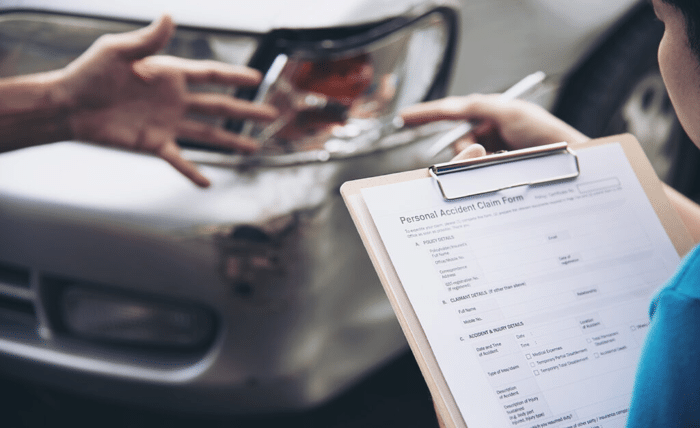
Maui, the second-largest island in Hawaii, is known for its beaches, green hills, and rich local culture. Residents and visitors enjoy activities like hiking, surfing, and exploring towns or scenic areas. However, with heavy traffic in popular spots, accidents on the roads are a frequent concern.
If you’re involved in a car accident, consulting with a Maui car crash lawyer can help ensure your rights are protected. These legal experts guide victims through the claims process, help gather evidence, and negotiate fair compensation from insurance companies.
Understanding comparative fault is crucial for accident victims, as it determines how liability and compensation are calculated. Knowing how fault percentages affect claims can help you approach negotiations strategically. The following sections explain comparative fault, its types, and its impact on your car accident claim.
What Is Comparative Fault?
Comparative fault comes into play when more than one party contributes to an accident, assigning a percentage of responsibility to each individual involved. This principle ensures compensation is distributed fairly while acknowledging that accidents rarely result from a single person’s actions. Understanding how fault is calculated is the first step in navigating any car accident claim.
Once fault is assigned, your compensation is reduced in proportion to your share of responsibility. For example, if you are deemed 20% at fault, your claim will be decreased accordingly. Collecting and presenting clear evidence is essential to ensure an accurate assessment and to protect your right to fair compensation.
Comparative Fault Types
To apply comparative fault, it’s important to understand the two main types.
- Pure Comparative Faultallows you to recover damages even if your responsibility is higher than the other party’s.
- Modified Comparative Faultprevents recovery if your fault exceeds 51%, making it critical to know which rule applies in your state.
Knowing the type of comparative fault helps you anticipate how much of your claim may be reduced. This understanding directly informs how you gather evidence and present your case, bridging the discussion from what comparative fault is to how it affects your claim.
Determining Fault
Once the type of comparative fault is established, the next step is determining your exact share of responsibility. This relies on police reports, witness statements, accident reconstruction, and medical documentation. Insurance companies conduct their own investigations, but these may not always align with your best interests.
Factors such as speeding, distracted or impaired driving, traffic violations, road and weather conditions, and vehicle damage patterns all influence fault percentages. A thorough understanding of these elements ensures that responsibility is assigned accurately and fairly, connecting directly to how compensation will be calculated.
Impact on Compensation
After fault is determined, its effect on compensation becomes clear. Even a small reduction can significantly impact financial recovery, as car accidents often involve costly medical bills, lost income, and property damage. Comparative fault impacts payouts, negotiations with insurers, and may be limited or barred entirely depending on state law.
The complexity of calculating fault underscores the importance of understanding comparative fault principles. Detailed evidence, expert testimony, and careful review of all contributing factors are necessary to secure a fair settlement, bringing the discussion full circle from understanding fault to maximizing compensation.
Conclusion
Comparative fault laws ensure fairness in accident claims but can reduce compensation for victims. Hawaii’s modified comparative fault rule complicates the recovery process, making legal guidance essential. An experienced car accident lawyer can help protect your rights, maximize your claim, and navigate complex legal procedures. Understanding comparative fault is key to securing fair compensation after a car accident.
Key Takeaways
- Maui’s scenic roads are popular but can be risky for drivers.
- Comparative fault reduces compensation based on your percentage of responsibility.
- Hawaii uses a modified comparative fault system; over 51% fault bars recovery.
- Skilled legal representation is crucial for maximizing accident claims.
- Accurate evidence and expert guidance influence settlement outcomes.




